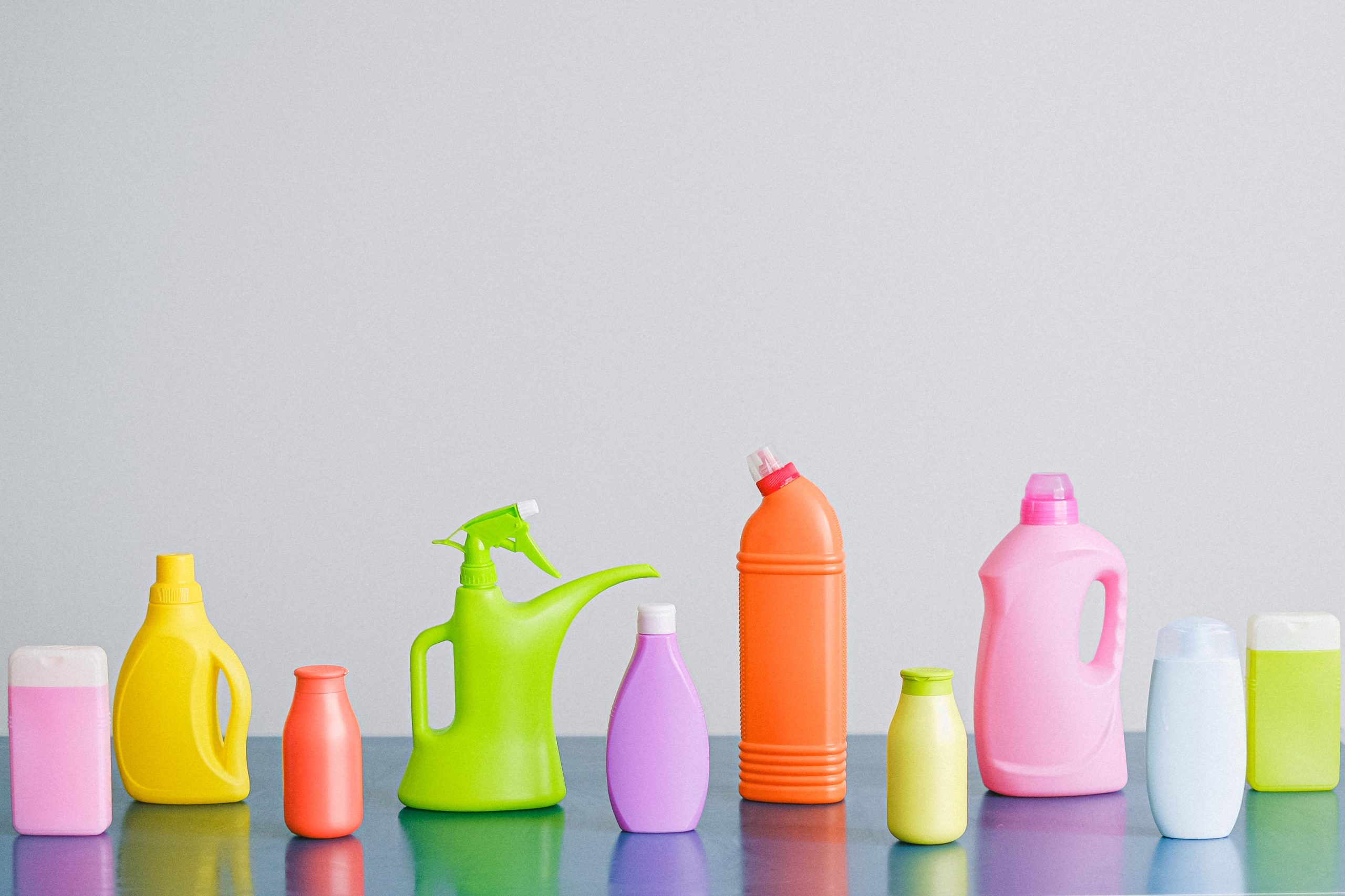Cleaning is an big aspect of our daily lives, helping to maintain a healthy and organized environment. Whether at home, in the work place, or public spaces, maintaining a clean space is crucial for the well being of individuals and the community at large. However, the world of cleaning comes with its own set of terminology that can be confusing for many. In this blog, we aim to simplify cleaning by providing a clear guide to understanding common cleaning terminology.
Cleaners and Their Types: All-Purpose Cleaner:
An all purpose cleaner is a versatile cleaning solution designed to tackle various surfaces and types of dirt. It is good for everyday cleaning tasks and often comes in a spray or liquid form. Specialized Cleaners: Different surfaces require specific cleaning products. For example, glass cleaners are made to leave a streak free shine on glass surfaces, while stainless steel cleaners help maintain the luster of stainless steel appliances. Disinfectants: Disinfectants are designed to kill or neutralize germs, bacteria, and viruses on surfaces. They play a crucial role in keeping a clean environment, especially in areas prone to contamination.
Cleaning Tools: Microfiber Cloths:
Microfiber cloths are made of synthetic fibers that are highly effective at trapping dust and dirt. They are reusable and environmentally friendly, making them a popular choice for various cleaning tasks. Sponges and Scrubbers: Sponges and scrubbers are important when tackling tougher stains and grime. They come in various materials and designs, each suitable for different surfaces to prevent scratching or damage. Vacuum Cleaners: Vacuum cleaners are indispensable for carpeted areas and floors. Understanding the different attachments and settings on your vacuum can greatly improve its efficiency.
Cleaning Techniques: Dusting vs. Wiping:
Dusting involves removing loose particles from surfaces, while wiping means using a cleaning solution to eliminate dirt and stains. Understanding the difference helps in choosing the right method for different cleaning scenarios. Spot Cleaning vs. Deep Cleaning: Spot cleaning addresses specific areas or stains, while deep cleaning involves a more thorough and comprehensive approach, covering the entire space. Knowing when to employ each technique is crucial for the upkeep of cleanliness.
Green Cleaning: Environmentally Friendly Products:
Green cleaning refers to using environmentally friendly cleaning products that are safe for both human health and the planet. This includes products with biodegradable ingredients and minimal environmental impact. DIY Cleaning Solutions: Many effective cleaning solutions can be made at home using common household items such as baking soda, vinegar, and lemon. This not only reduces the use of harmful chemicals but also saves money.
Conclusion:
Understanding cleaning terminology is the key to efficient and effective cleaning practices. Whether you’re a home owner, a professional cleaner, or someone looking to maintain a tidy living or working space, this guide aims to empower you with the knowledge needed to make informed decisions about cleaning products, tools, and techniques. A clean environment not only promotes well being but also contributes to a positive and organized life style. So, armed with this knowledge, let’s embark on a journey towards a cleaner and healthier world. That was a guide to understanding cleaning terminology.







